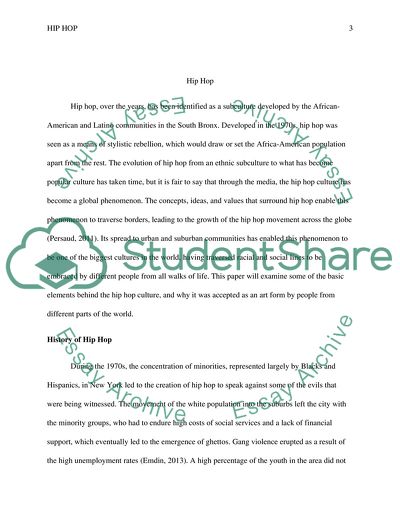Cite this document
(“Hip Hop from Sub Cultuer to Pop Culture Research Paper”, n.d.)
Retrieved from https://studentshare.org/psychology/1691080-hip-hop-from-sub-cultuer-to-pop-culture
Retrieved from https://studentshare.org/psychology/1691080-hip-hop-from-sub-cultuer-to-pop-culture
(Hip Hop from Sub Cultuer to Pop Culture Research Paper)
https://studentshare.org/psychology/1691080-hip-hop-from-sub-cultuer-to-pop-culture.
https://studentshare.org/psychology/1691080-hip-hop-from-sub-cultuer-to-pop-culture.
“Hip Hop from Sub Cultuer to Pop Culture Research Paper”, n.d. https://studentshare.org/psychology/1691080-hip-hop-from-sub-cultuer-to-pop-culture.


